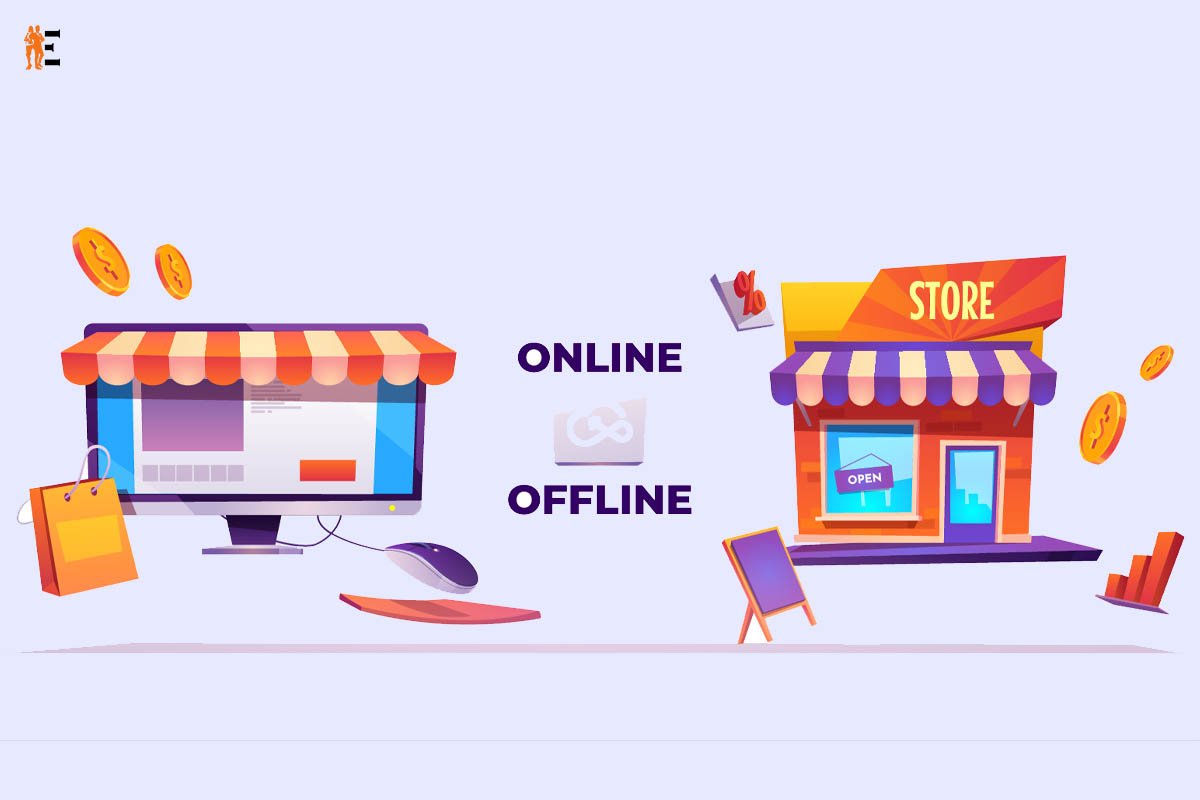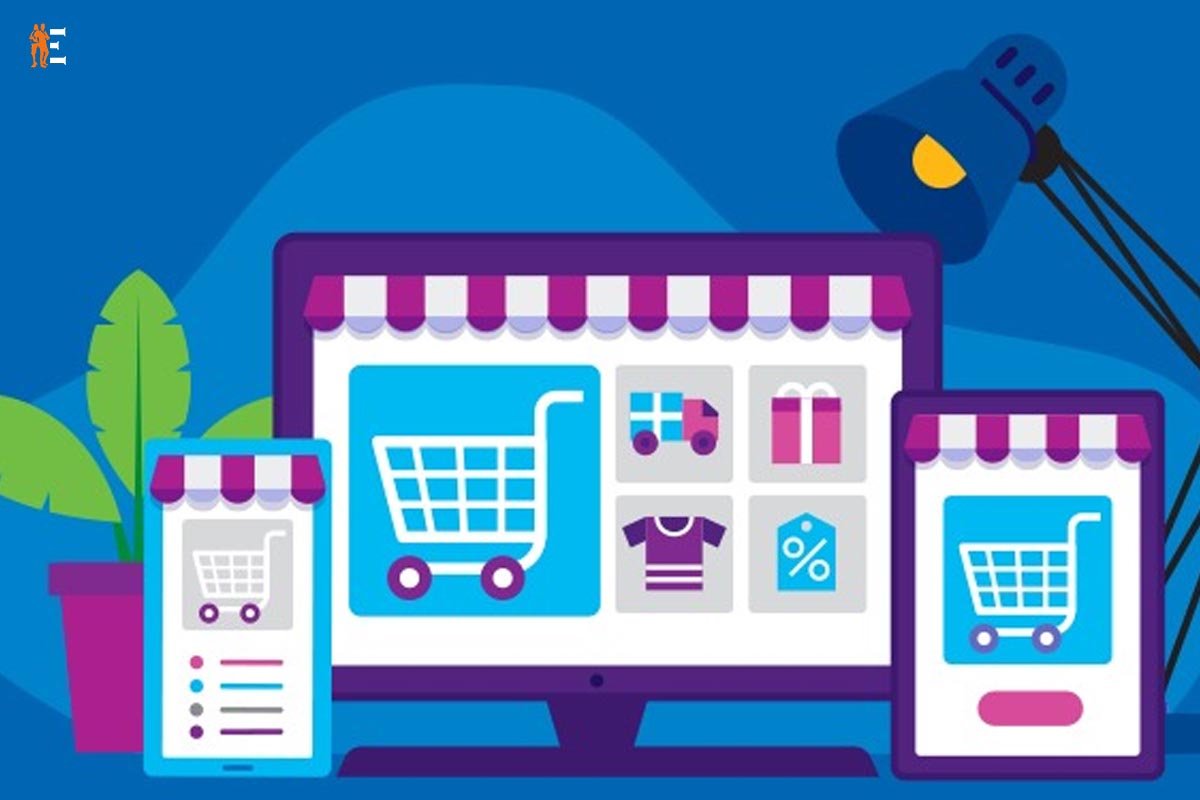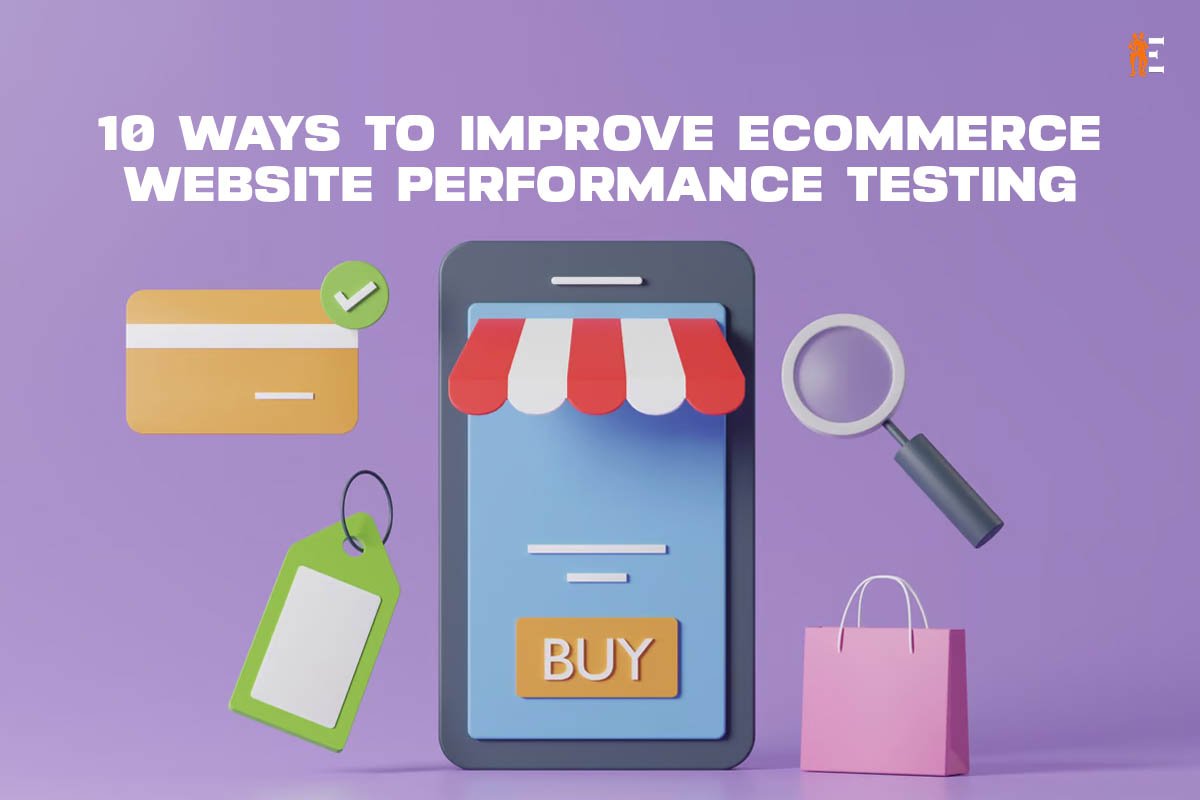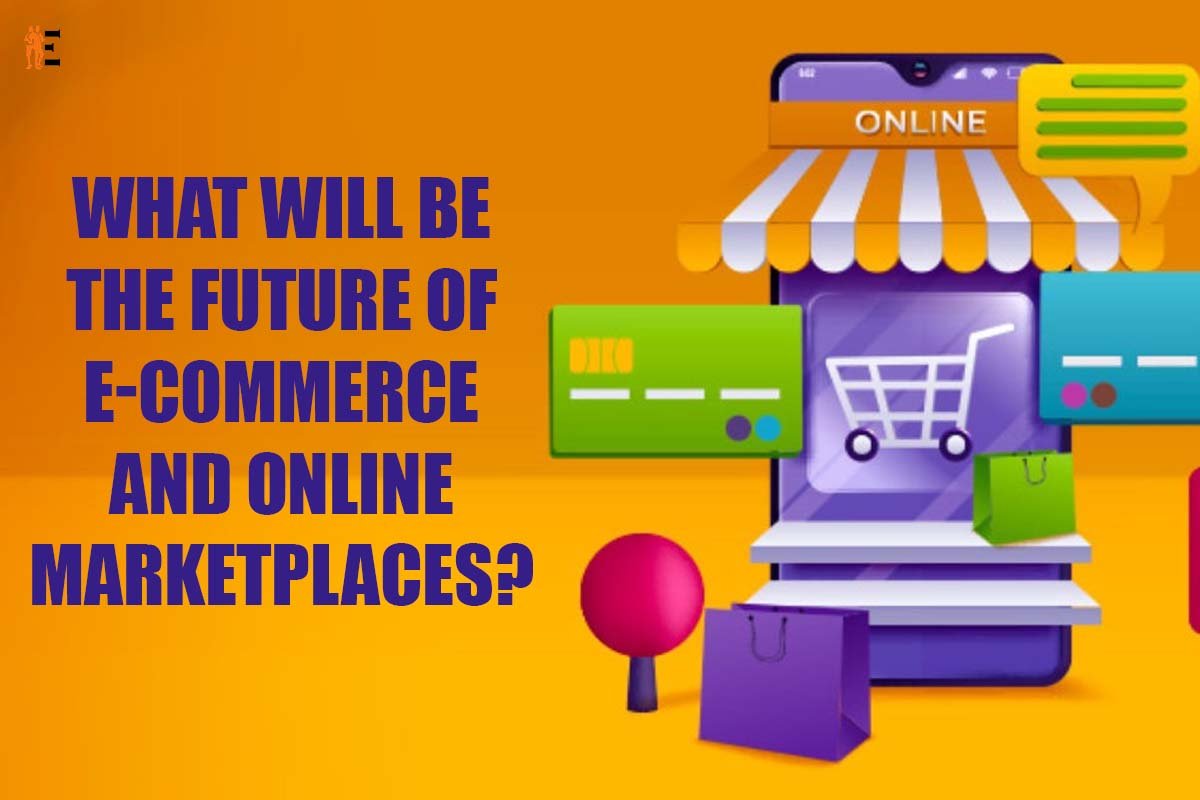As consumers become more comfortable with online shopping, the future of e-commerce and online marketplaces will likely see even greater growth in emerging markets around the world. The future of e-commerce and online marketplaces is incredibly bright, as more and more consumers turn to the convenience of shopping online. This is just the first quarter of 2023, and new trends are starting to appear; the purpose of this article is to outline, in a nutshell, some of the developments in e-commerce and the online marketplace that we may anticipate;
Here are 9 developments in the future of e-commerce and the online marketplace that we may anticipate:
1. New Marketing Channels Will Be Created.
There have been breakthroughs in various aspects of the future of e-commerce and online marketplace marketing in recent years, including a new mix of channels. For example, with the debut of Instagram and TikTok shopping functionalities, marketers may run advertisements on social media platforms as well as enter the commerce space.
Moreover, as an extension of social commerce, live shopping has begun to gain popularity globally. The live commerce industry in China is anticipated to reach $4.92 billion by 2023. The idea is also gaining traction in the United States, with 20% of consumers reporting having participated in live commerce.
Connected TV advertising is another new avenue that e-commerce businesses are investigating. This entails running advertisements on sites such as YouTube TV, Roku, and Hulu. Hoka, an athletic footwear business, used a similar marketing tactic and recorded a 68% increase in website visits as a result of their TV ad campaign.
2. The Debate Between Physical And Online Will Be Hot.
We can’t discuss the future of e-commerce and online marketplaces without addressing the ongoing physical vs online argument. In this argument, most individuals in the e-commerce business fall into one of two groups.

Others feel that it’s just a matter of time until brick-and-mortar businesses are phased out in favor of an even larger move toward internet purchasing. Others believe that physical shopping is enjoying a resurgence. What is our stance? The expansion of internet buying is undeniably exceeding that of brick-and-mortar establishments.
But, this does not imply that physical storefronts are no longer very significant assets for Internet firms. Instead of serving as a physical representation of their online businesses (which often have access to a far larger inventory), brick-and-mortar locations seem to be shifting toward providing distinctive shopping experiences.
Consider Nike, which has already expanded into New York and Shanghai with its brand-new experiential retail places, or “Houses of Innovation.” You may pick up unique items, modify things with your own hands, participate in fitness tests, check out products by playing entertaining games, join as a personal shopper, and more at Nike’s new physical shops. These are experiences that cannot be obtained online, and they go a long way toward promoting client loyalty.
3. Voice Search Will Be Used by More Consumers.
Voice-activated devices are the future of e-commerce and online marketplaces expected to assist $40 billion in transactions by 2022. This is a significant increase above the previous year’s total of $2 billion for voice search transactions.

What is the most probable way for consumers to utilize voice search? According to Narvar, 51% of customers use voice search to investigate goods, while 36% use it to add relevant things to their shopping lists.
Consider tailoring your product information pages for typical voice search queries in 2023 to become more voice-search-friendly. Someone may, for example, ask their voice assistant, “Where can I acquire Under Armour things at a discount?”
4. The Private Label is Becoming More Common
A private label product is one that is manufactured by one business but packaged and marketed under the brand name of another. Businesses depend on manufacturers to provide goods that are highly tailored to the demands of their target audience. What is the future of e-commerce and online marketplace trends? If you work in a specialty market that depends on specific materials not being used or certain standards being met, you already know that private labeling is the best option for your company.
VegexPro, for example, offers private-label goods that are certified as Organic, HACCP, Kosher, Halal, RAW, Vegan, Gluten-Free, and Fair Trade. If your clients want vegan or gluten-free items, this is the manufacturer to deal with. Private labeling may be the next step for an online retailer that offers non-branded or drop-shipped items.
5. Sustainability Will Be Prioritized by Branding
As customers grow increasingly outspoken about climate change, more corporations will be forced to create sustainability projects. Climate-first retailers had 5.8 times quicker growth and saw their conversion rates boost by 20%, according to research.

While there are several methods to demonstrate sustainability, one simple one is to utilize sustainable packaging. Avery Dennison uses this strategy to guarantee that its consumers are happy with the way it does business.
Finding methods to be more sustainable will be a critical trend going ahead, whether it’s via eco-friendly packaging or choosing suppliers that prioritize the environment.
6. Automation, Automation, and More Automation
Automation is set to play a significant role in the future of e-commerce and online marketplaces. Presently, 61% of businesses globally employ automation software and solutions. More organizations are anticipated to invest in automation in the next year as the advantages become obvious. Automation extends from marketing automation through warehousing and beyond for e-commerce organizations. It is an excellent option since it frees up staff time and resources for other vital tasks.
For example, an e-commerce company with vast warehouses may invest in robots to become more productive and free up workers to conduct other vital duties in the fulfillment process. Automation software that can schedule inventory notifications for replenishment when stock runs short may help supply chain management. The possibilities for the future of e-commerce and online marketplace automation are endless. You may uncover software that will aid your product with a little study.
Conclusion:
The ongoing COVID-19 pandemic has only accelerated the shift to e-commerce, and more and more people are turning to online shopping as a safe and convenient alternative to brick-and-mortar stores. As a result, we can expect continued growth and expansion of e-commerce as new players enter the market and existing ones expand their reach. Of course, this growth also brings with it new challenges, from data protection and security issues to the need for greater sustainability and environmental responsibility.
But with careful planning, innovation, and collaboration, these challenges can be overcome, paving the way for a brighter and more sustainable future for e-commerce and online markets. Overall, the future of e-commerce and online marketplaces and online marketplaces is full of opportunities for growth, change, and positive change, and we can’t wait to see what the future holds.












